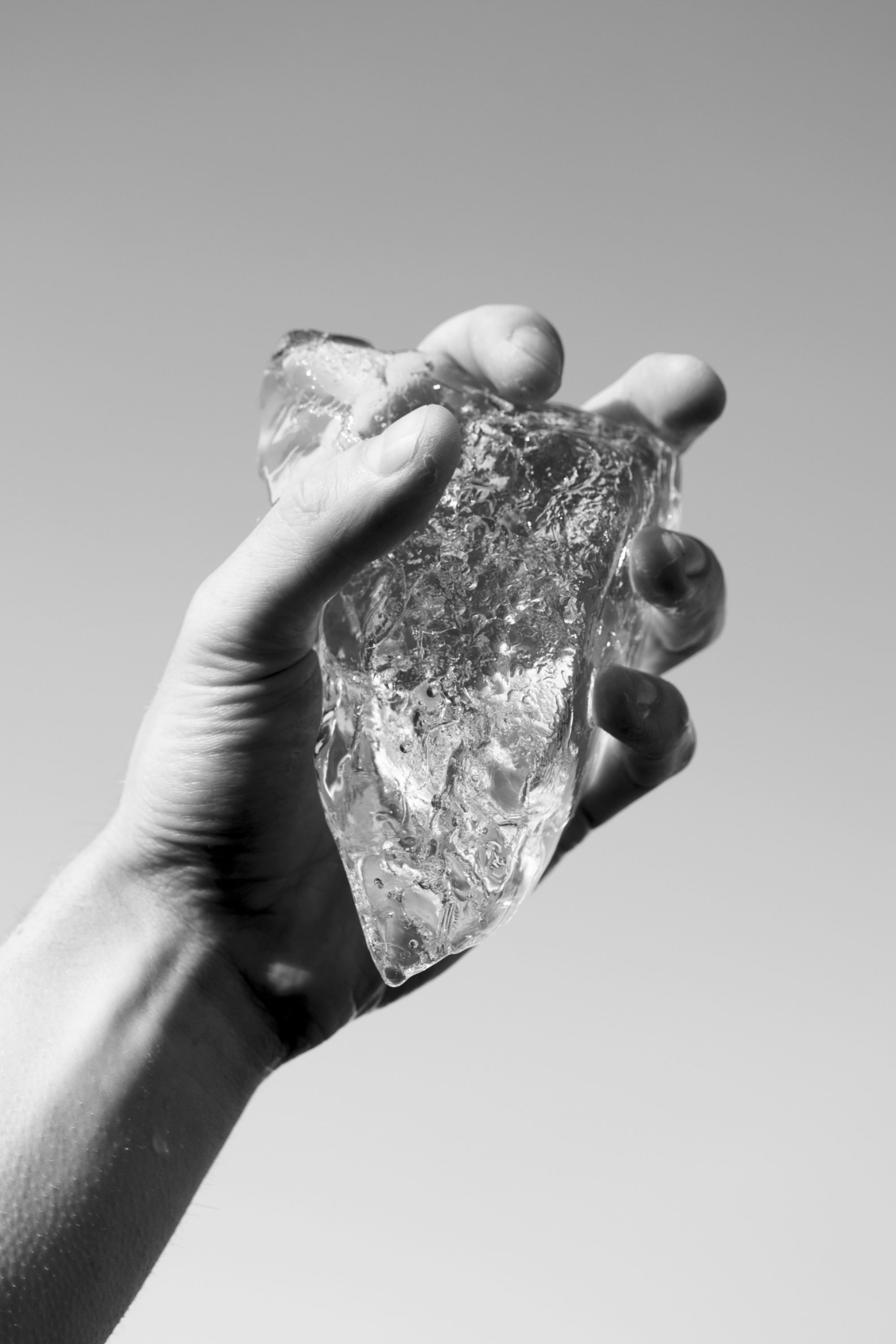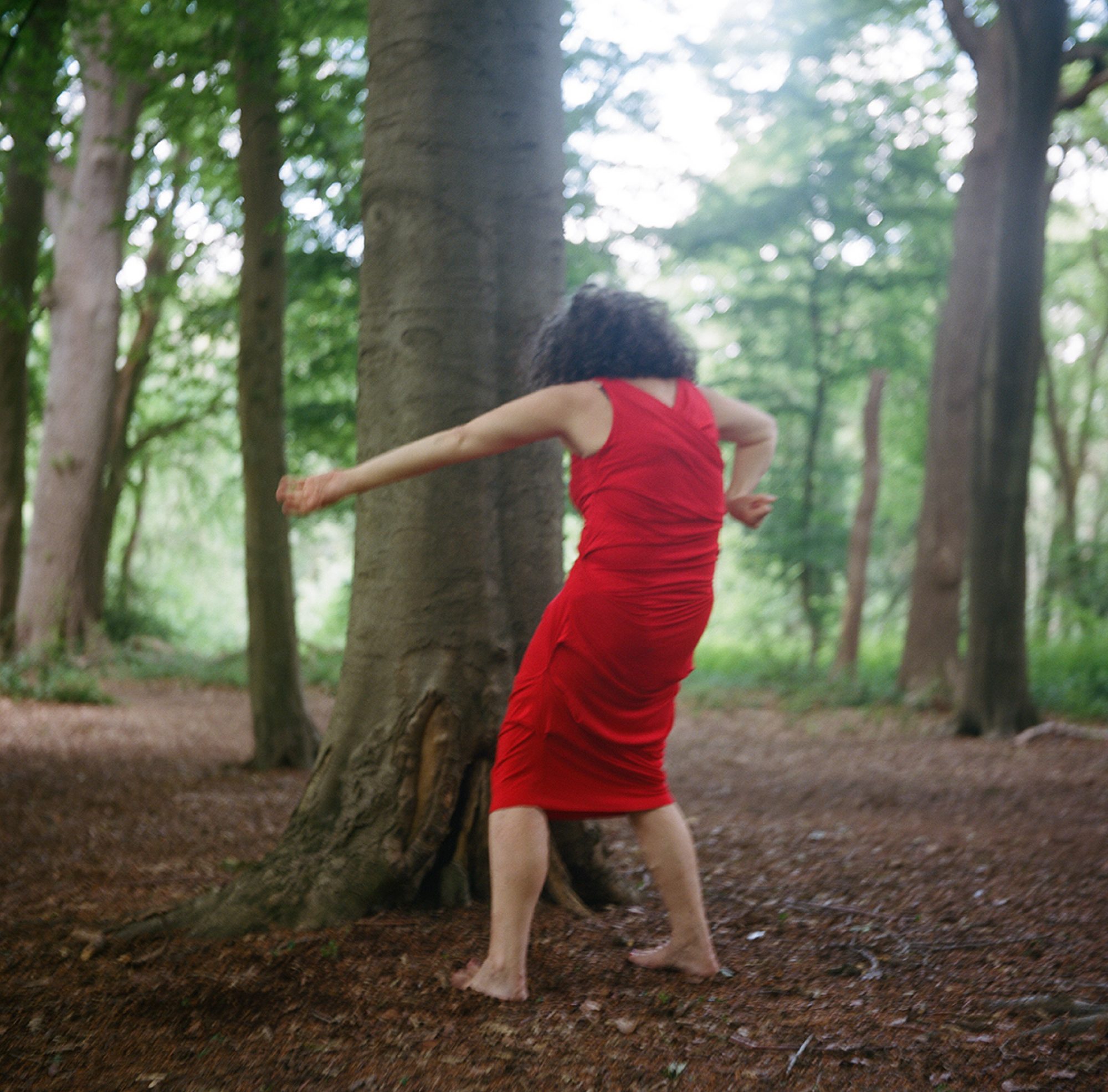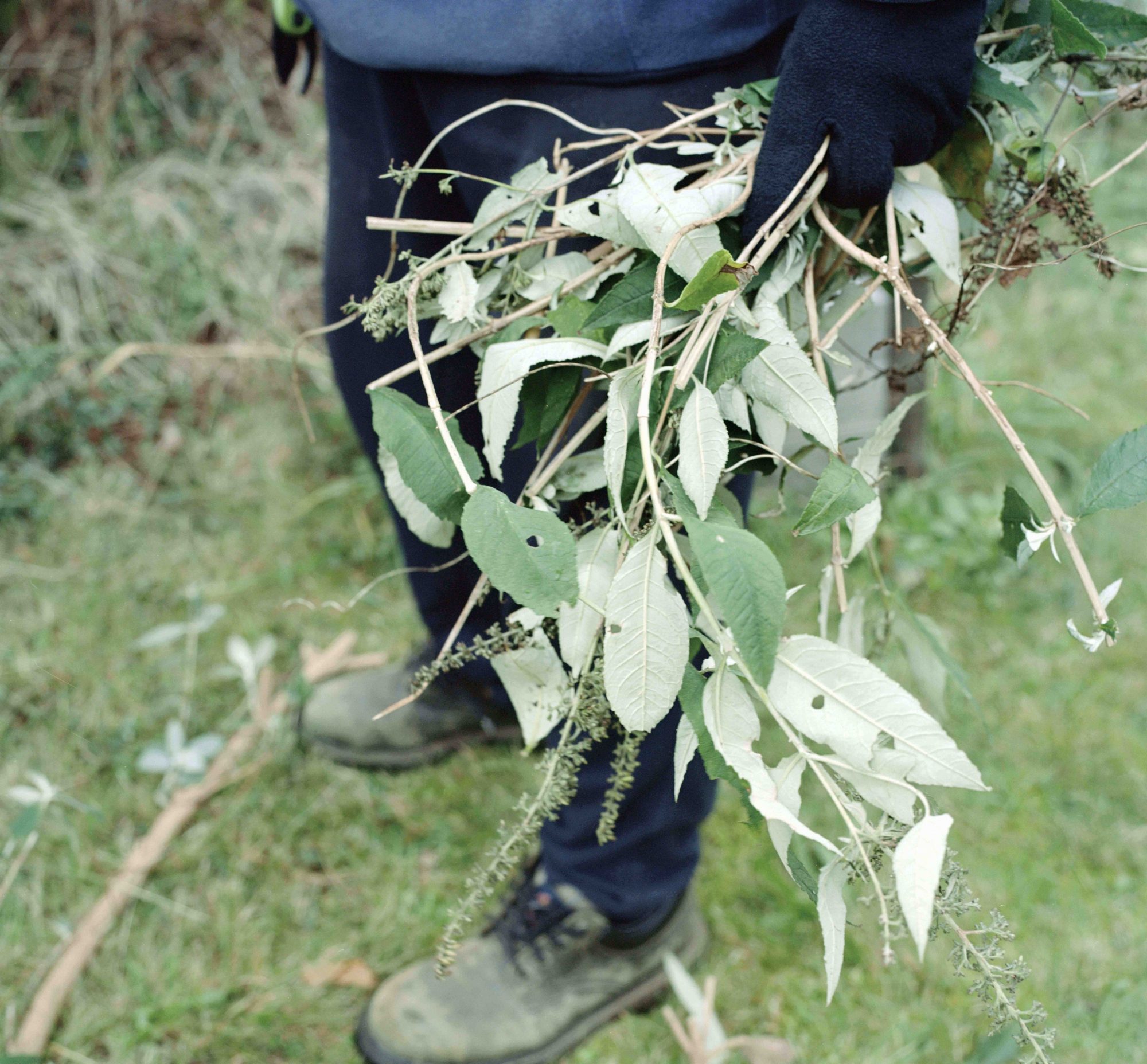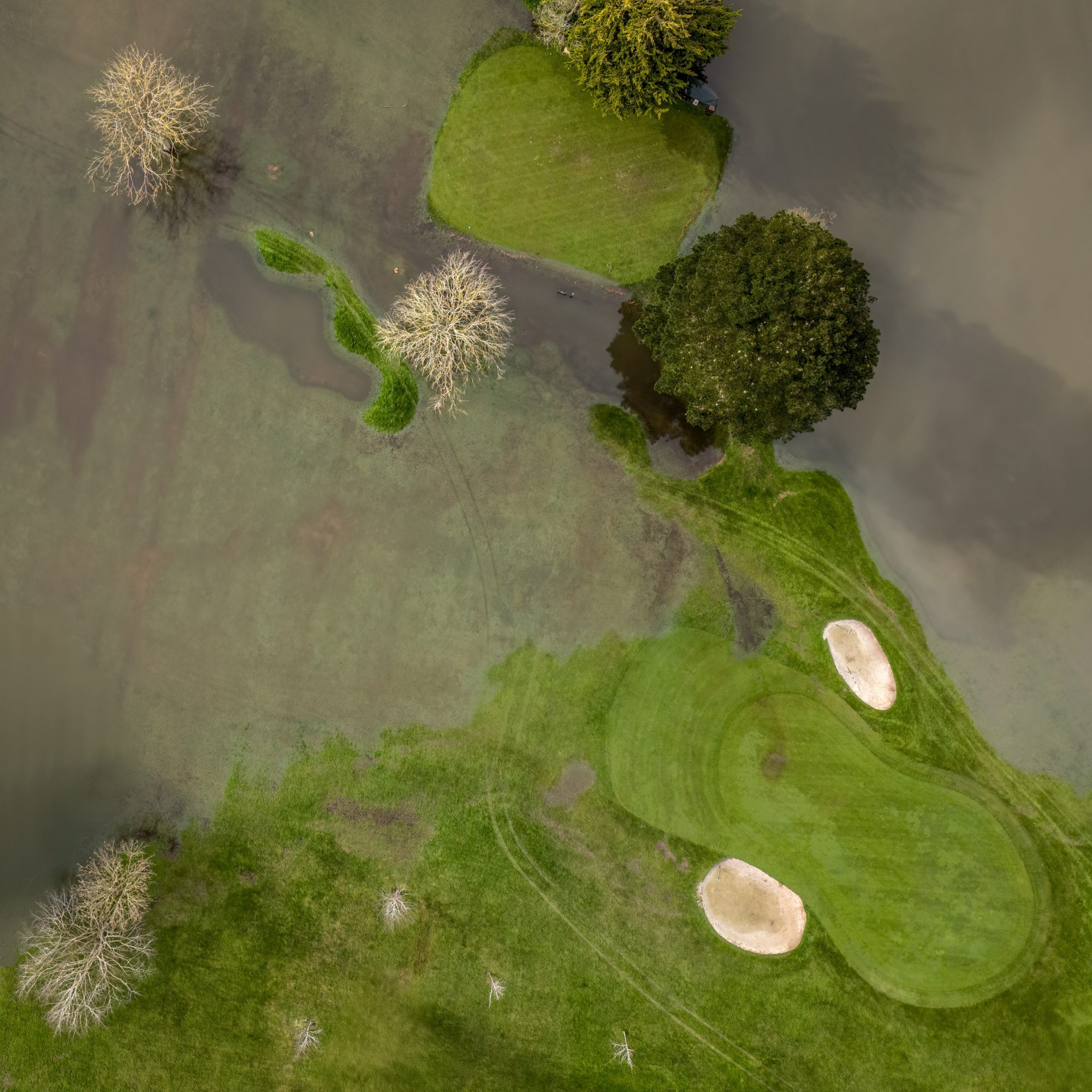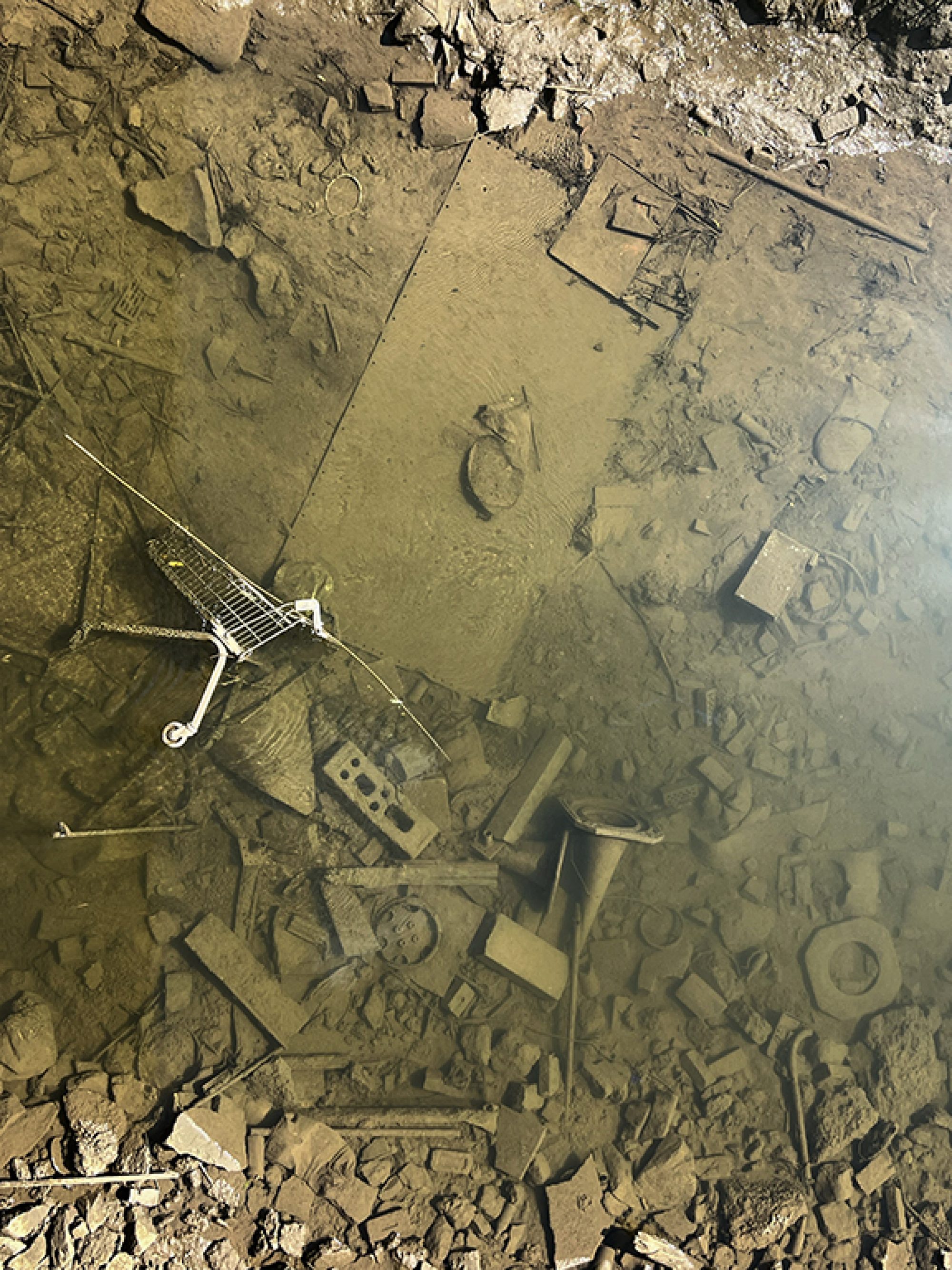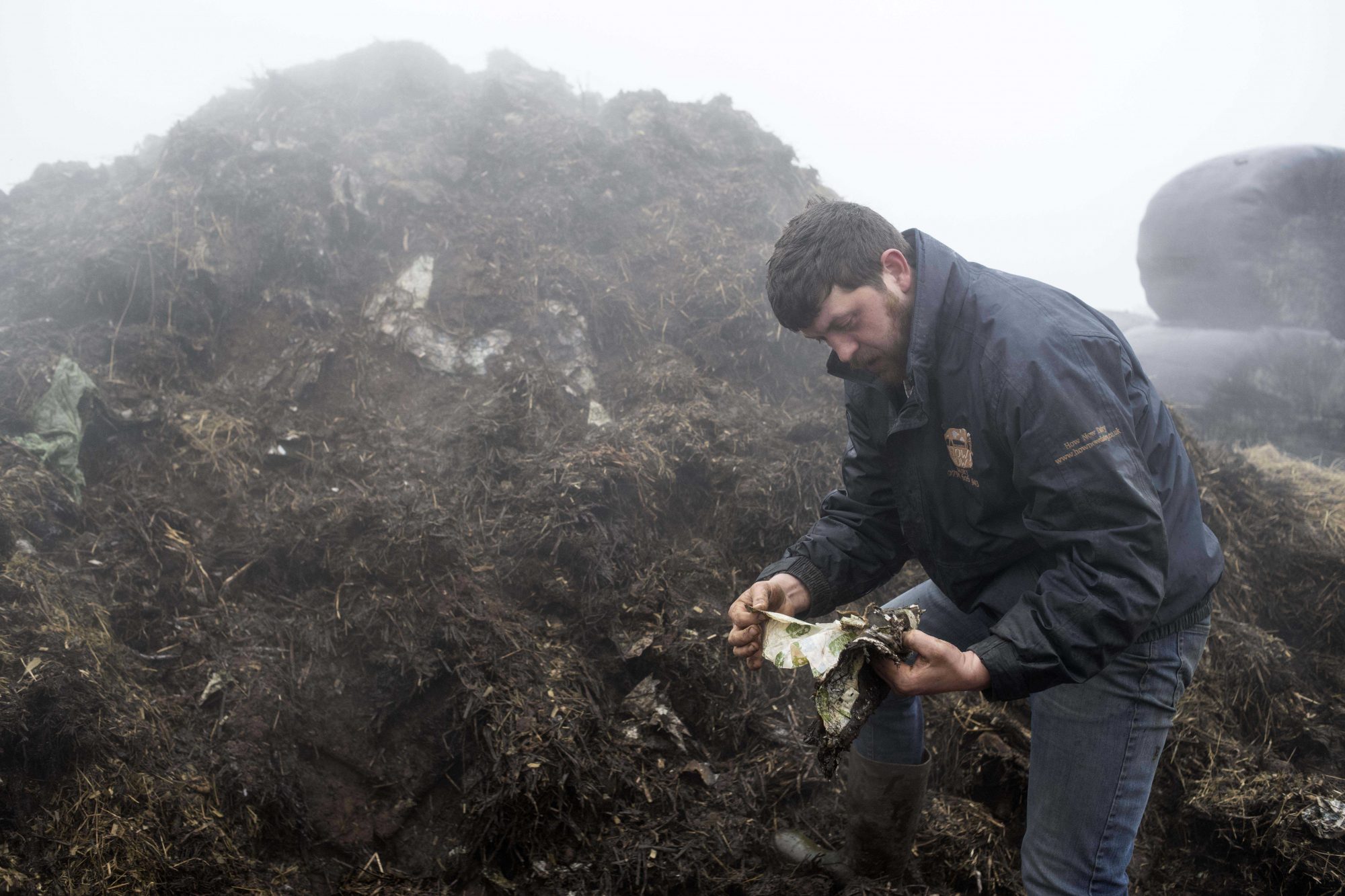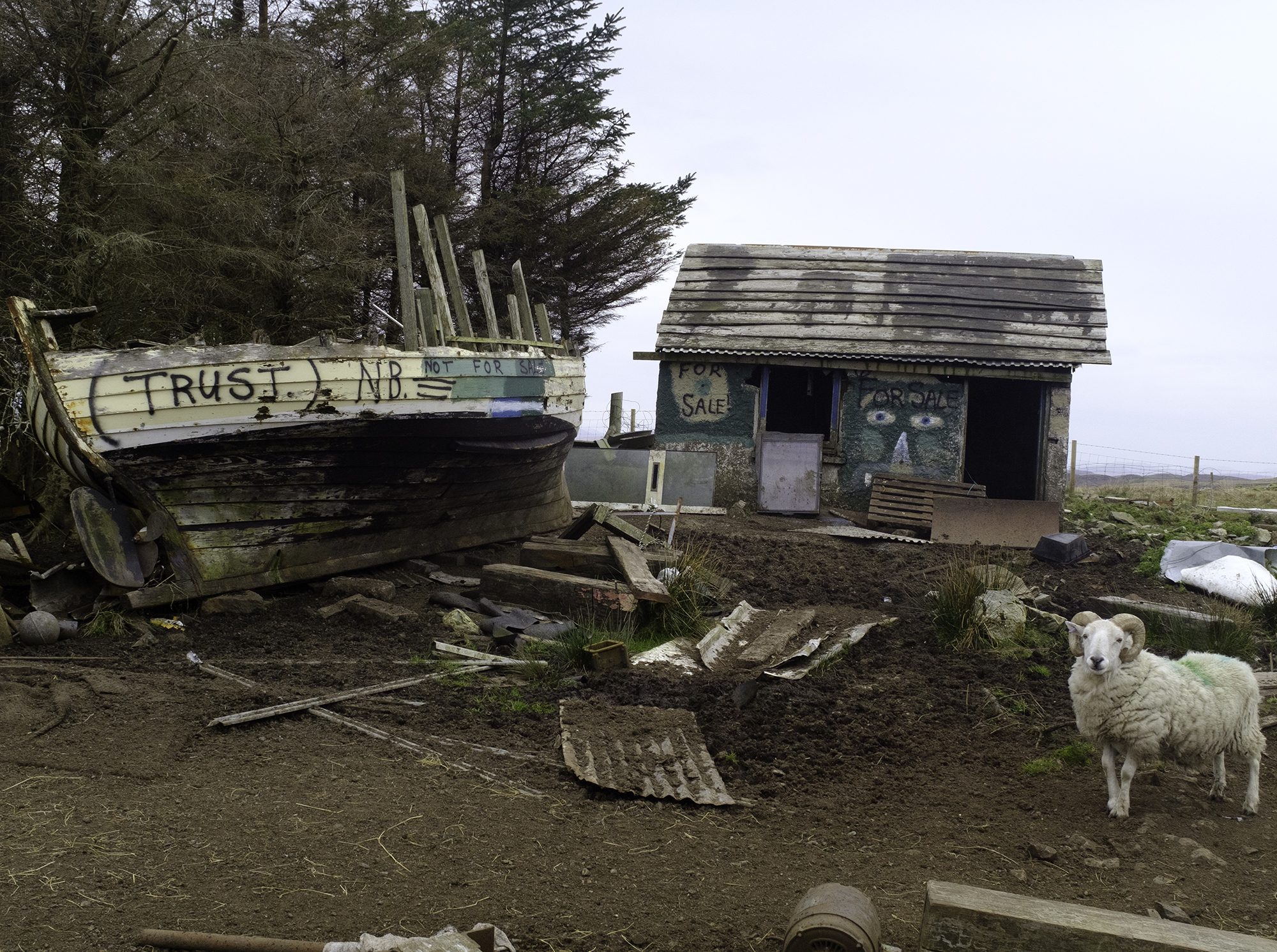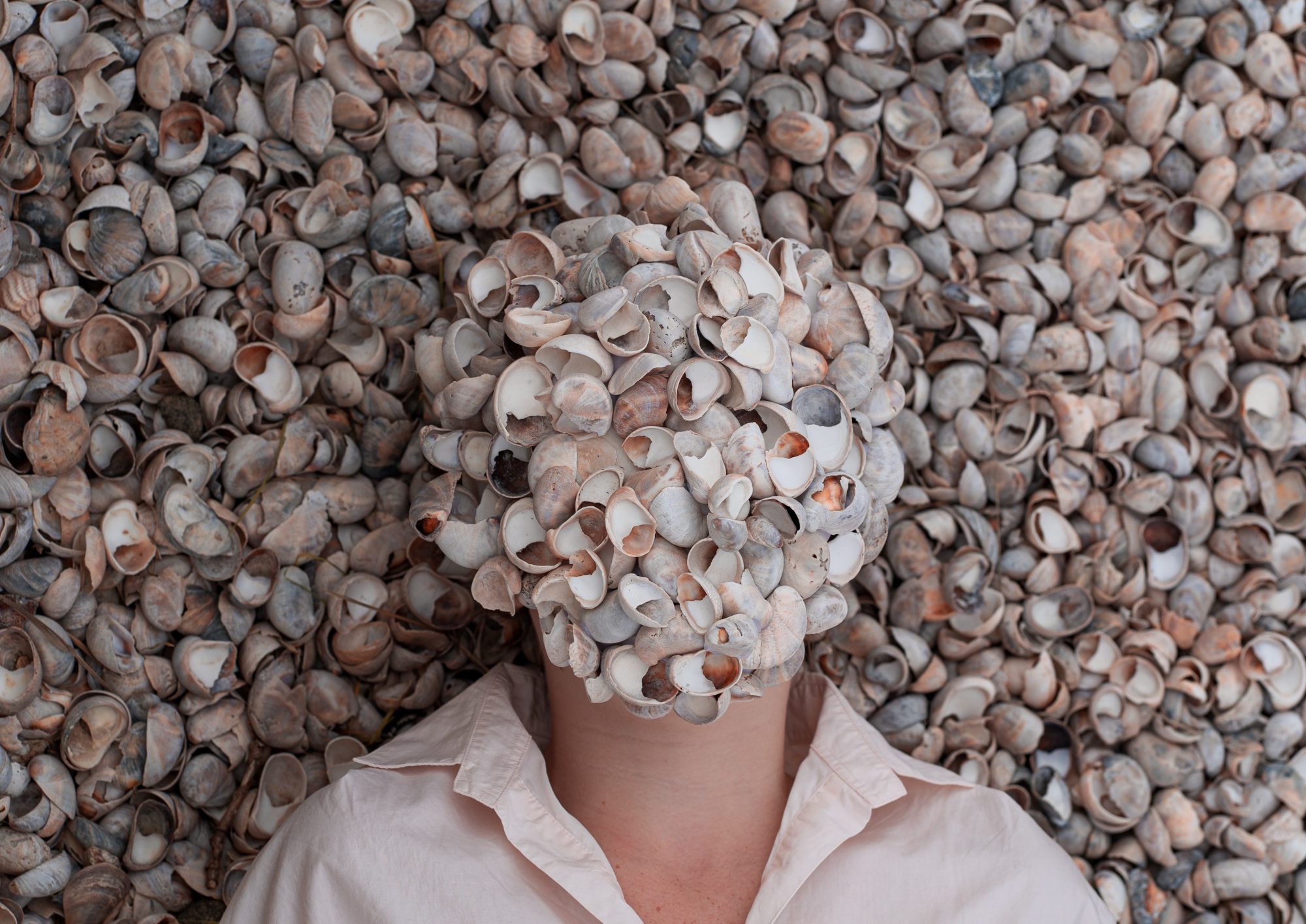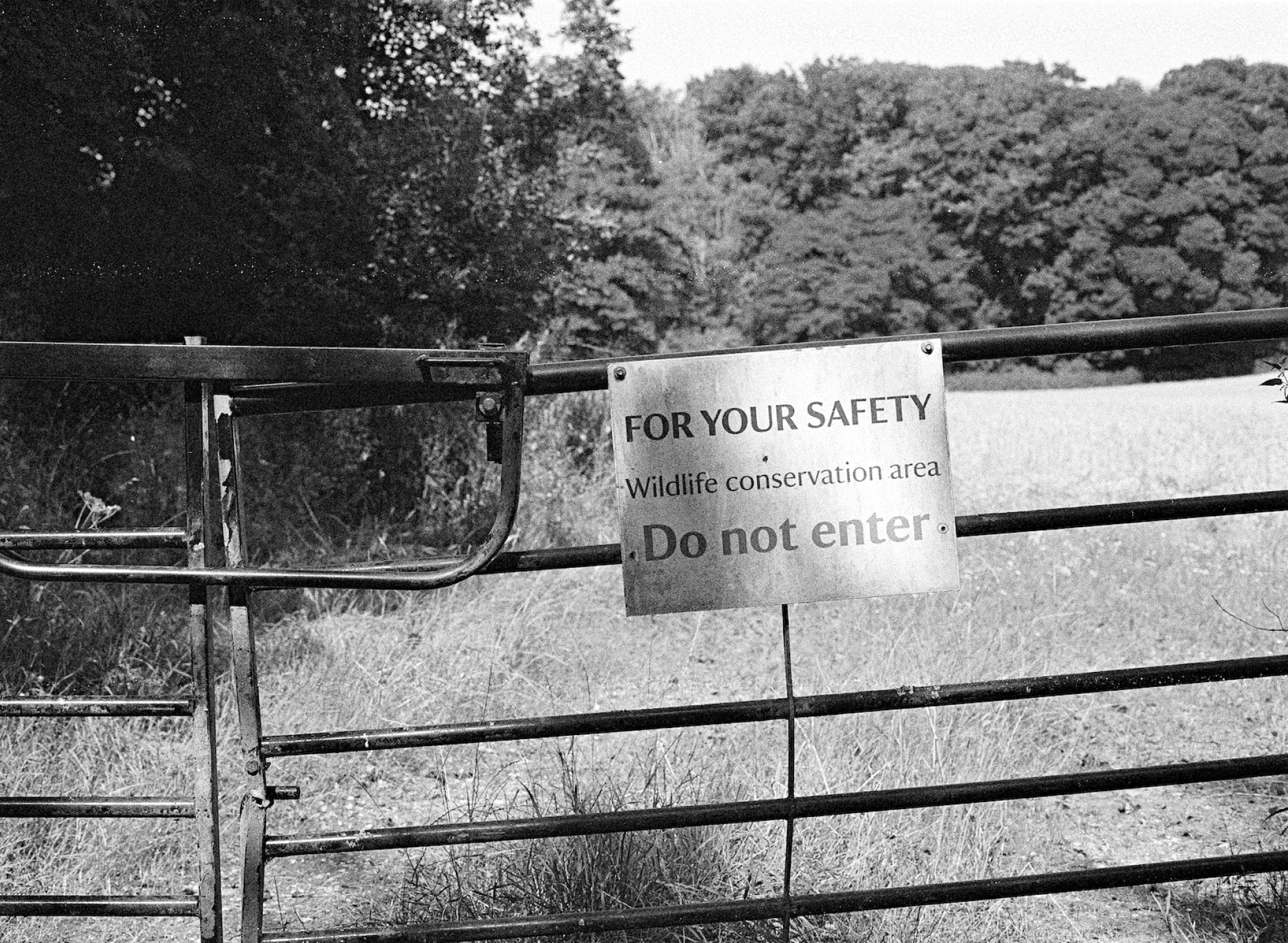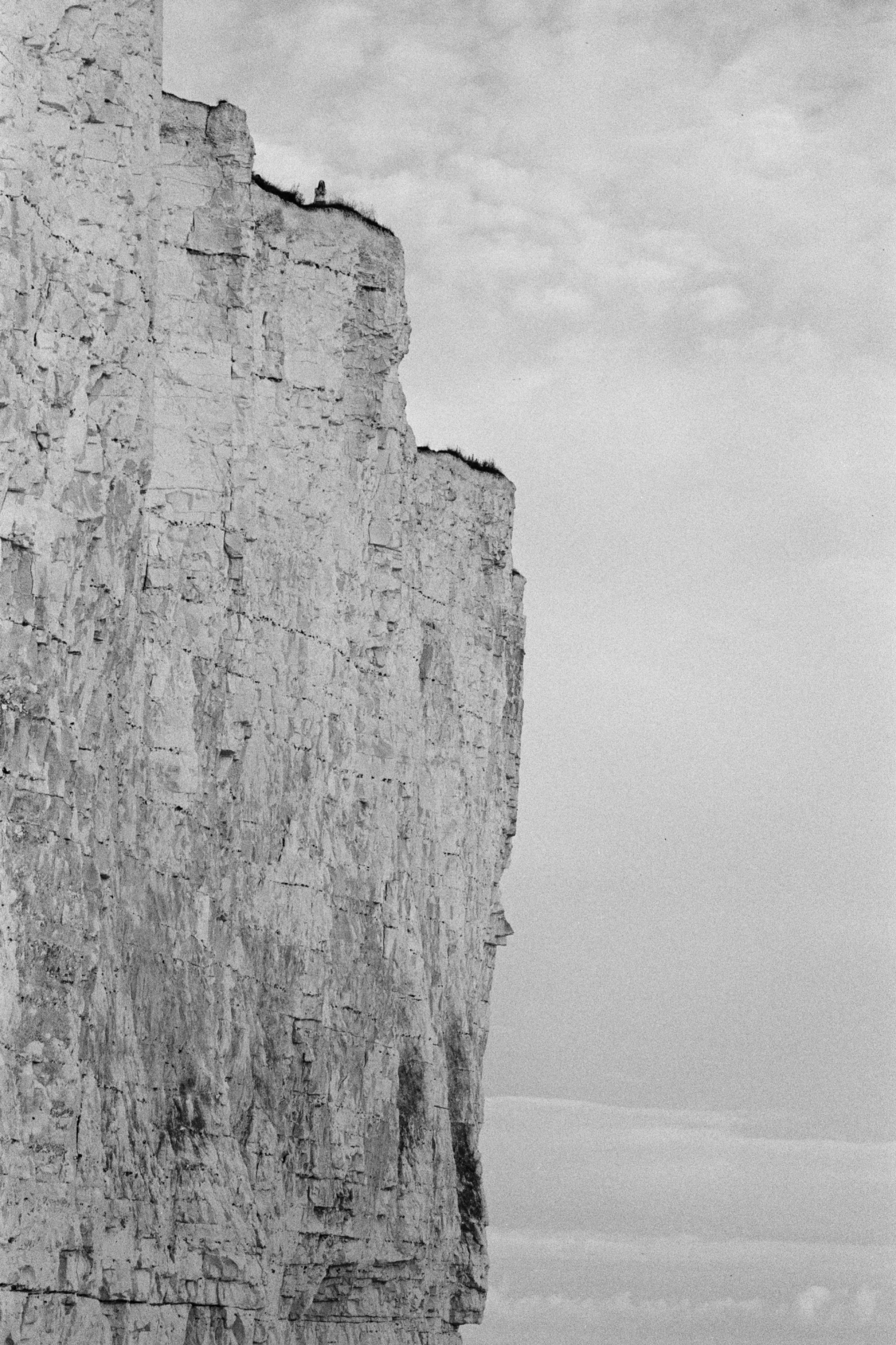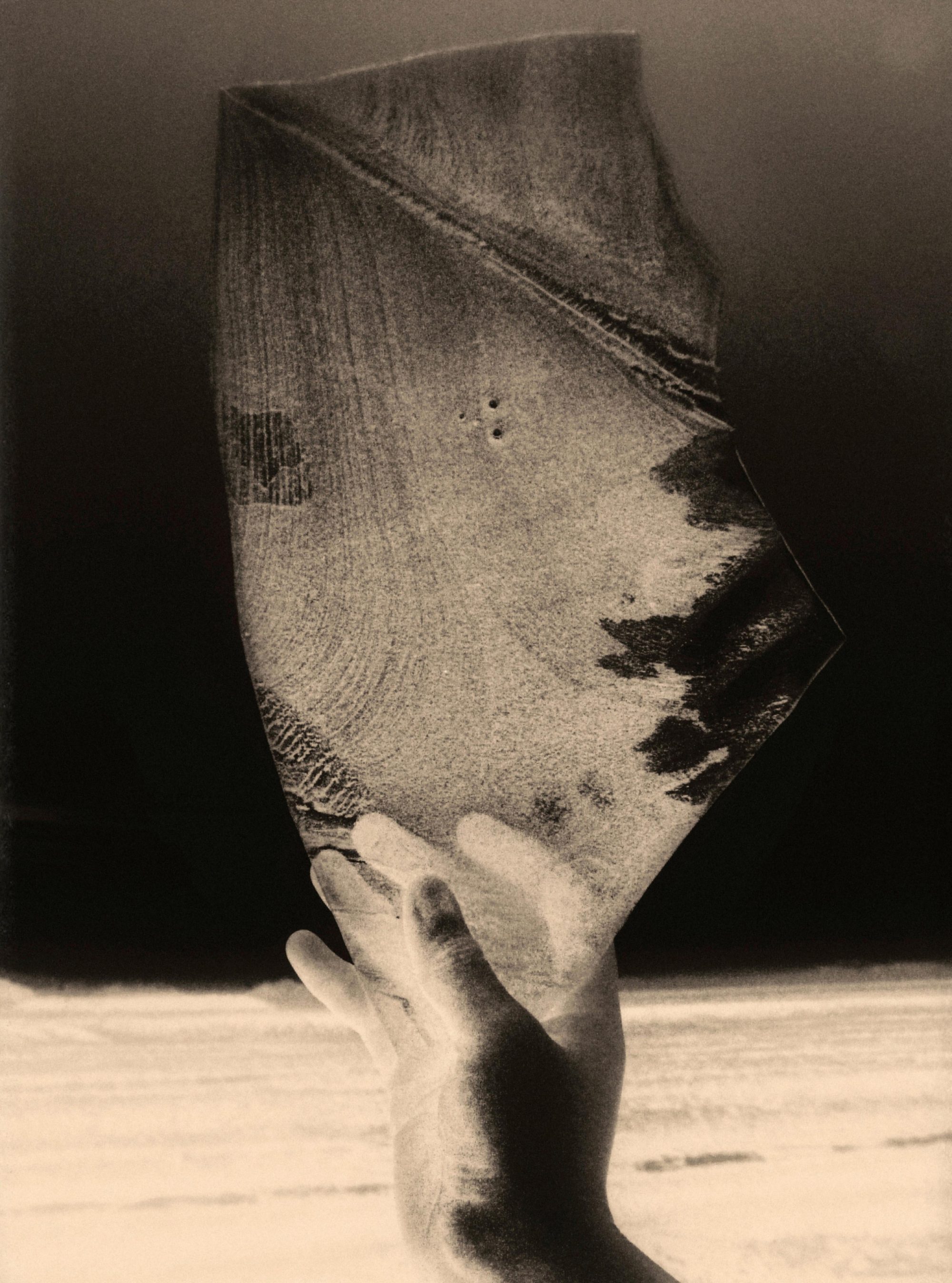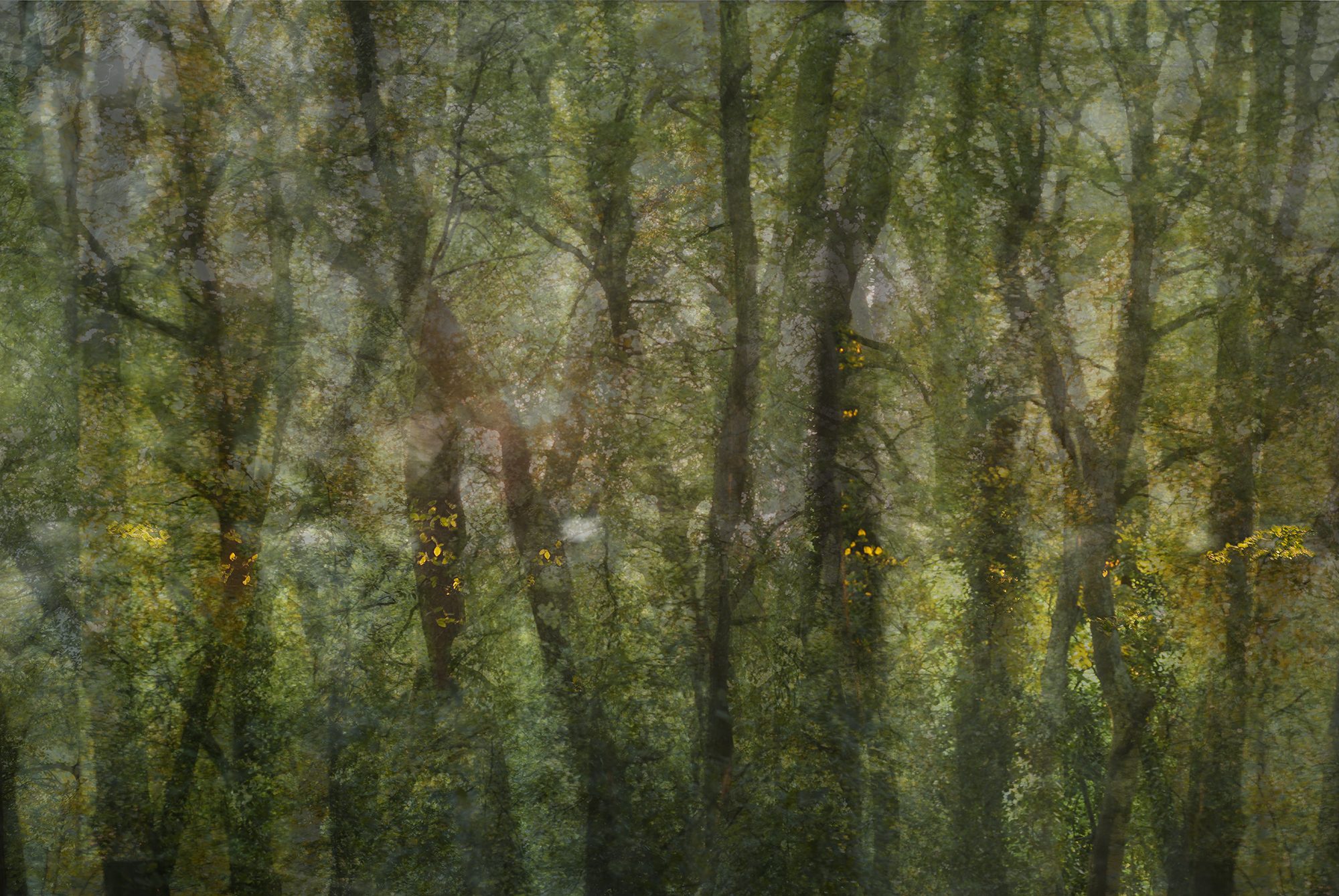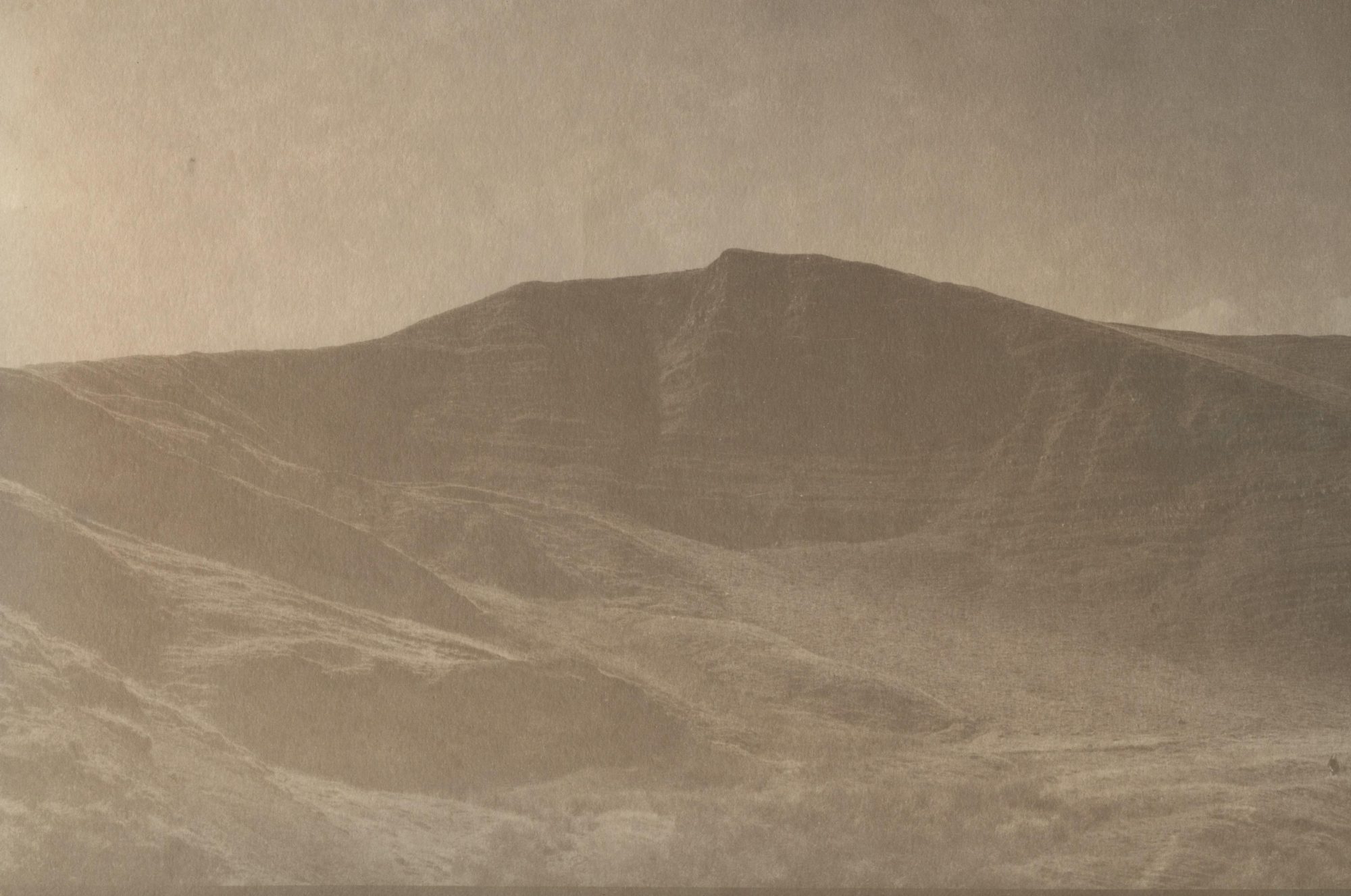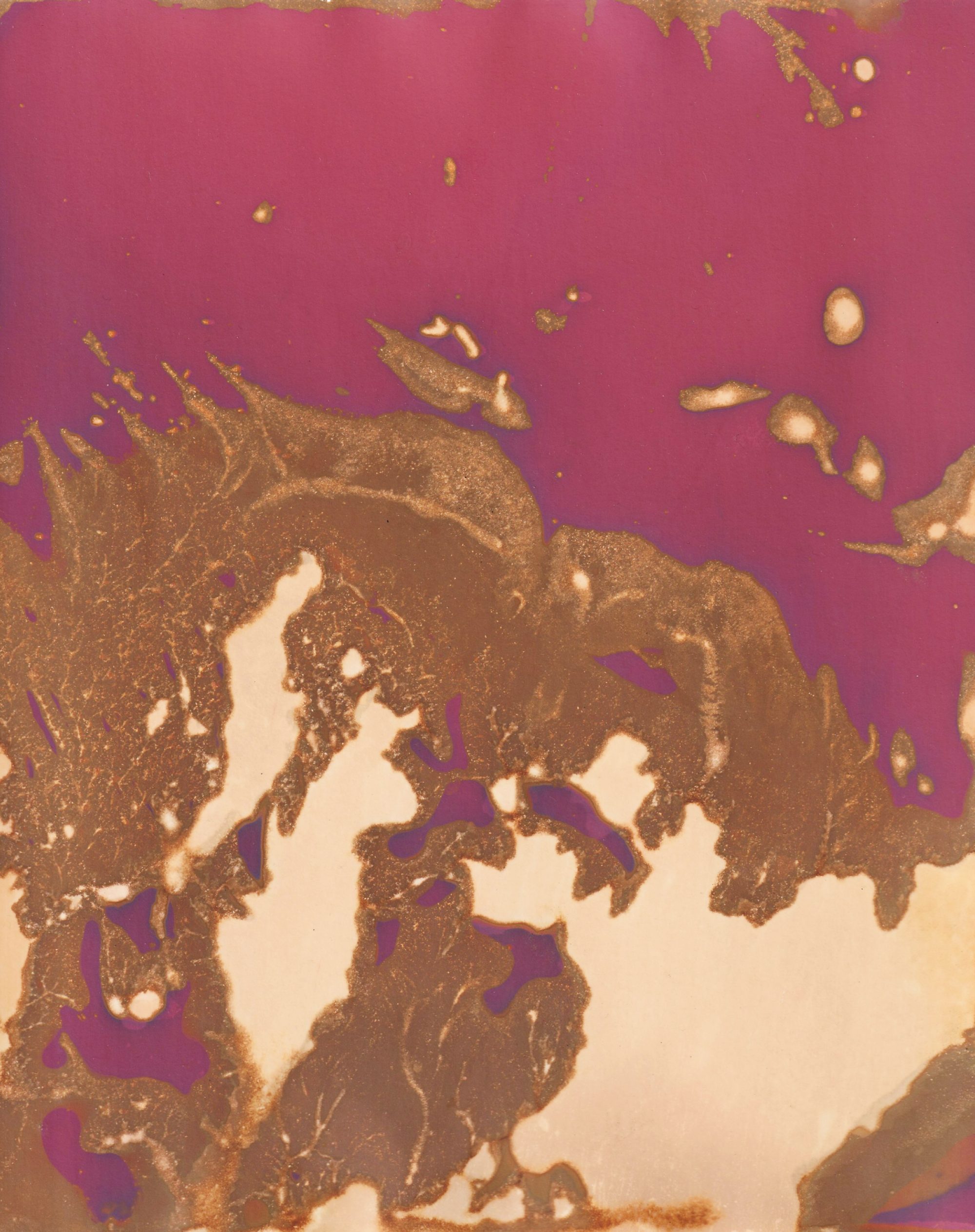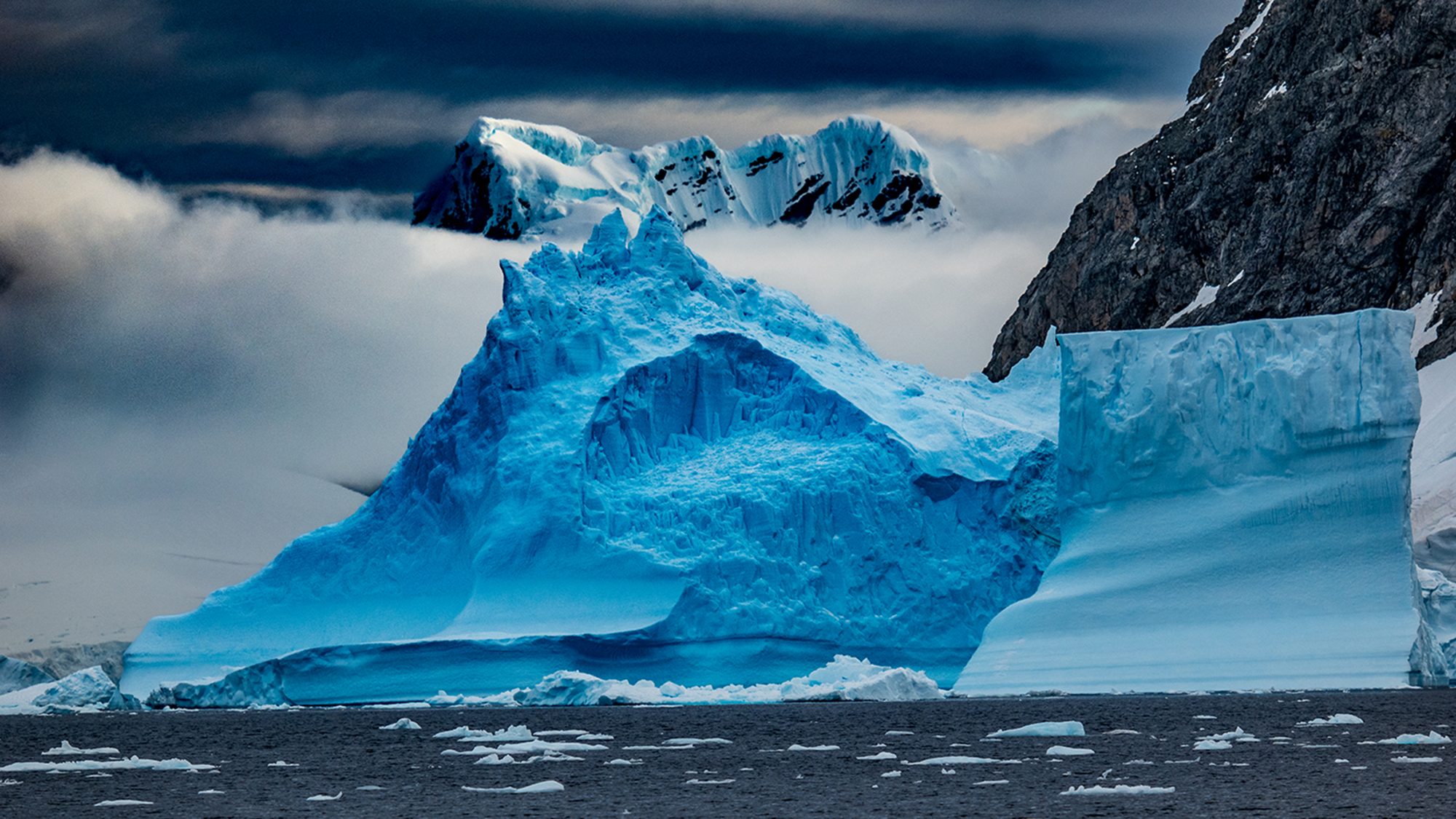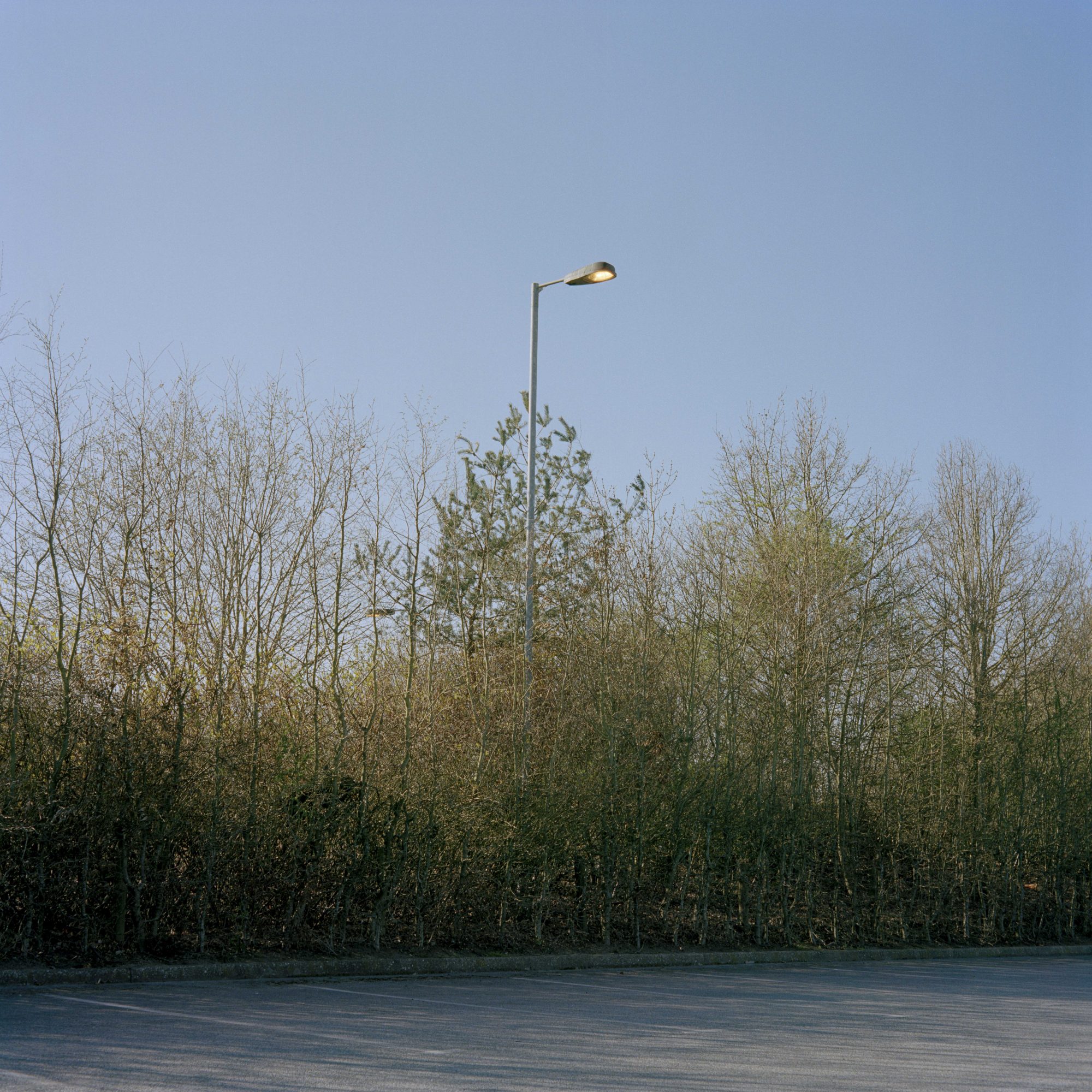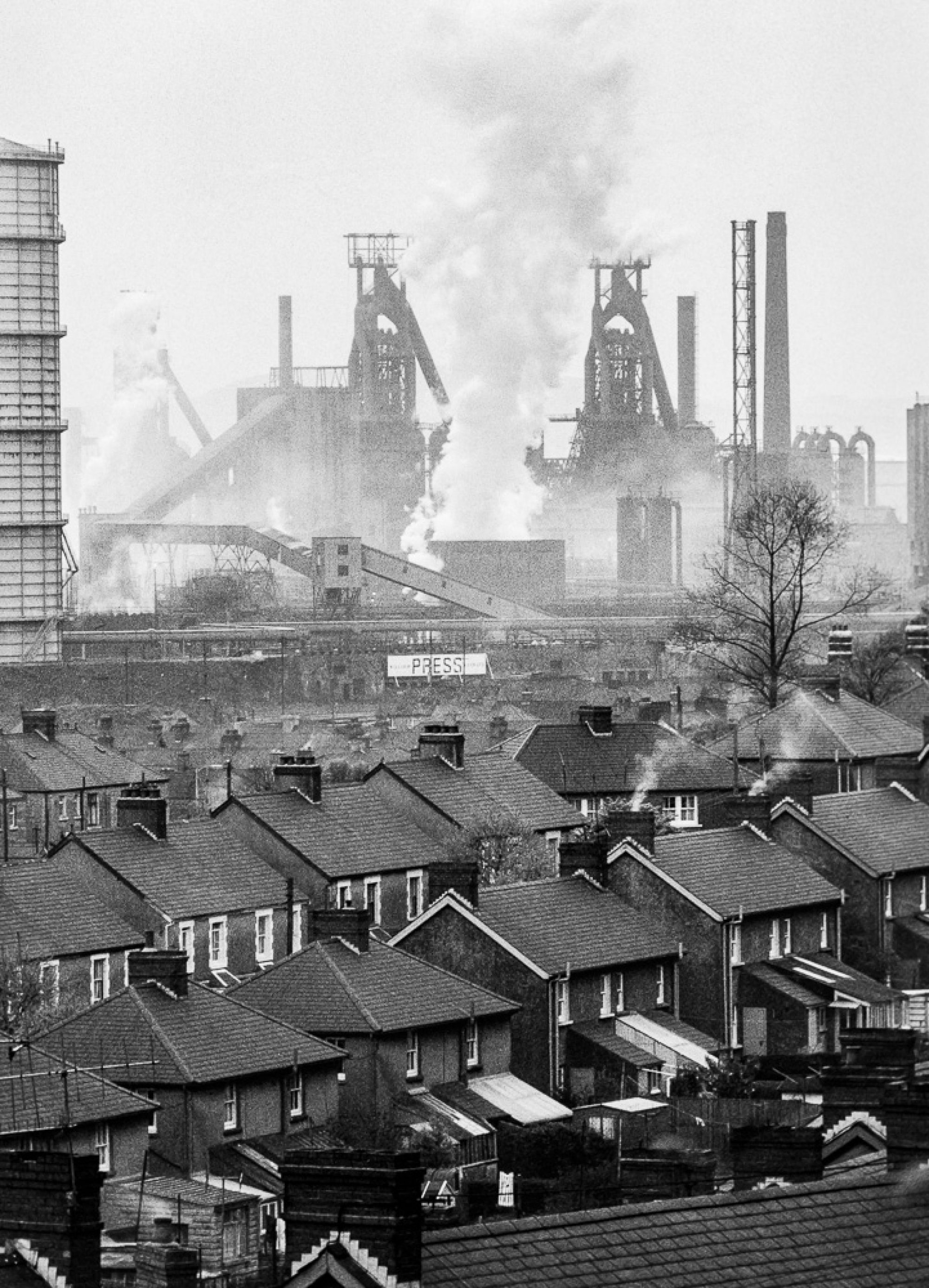OPEN Eco 2024
How can photography make a difference to the climate crisis?
This Photo Fringe exhibition presents nineteen images by artists shortlisted from an international open call. Each demonstrates a unique, creative response to this question and considers how photography can help us create a brighter, fairer, greener world.
The images were selected by Siân Berry, MP for Brighton Pavilion; Laura Summerton, Photography Manager at WaterAid; Claire Wearn, Festival Director, Photo Fringe, and Rebecca Drew, Chair, Photo Fringe.
Follow the links below to read more about each image:
Rosie Barnes
Wes Bell
Bill Brooks
Alex Currie
Rachel Foster
Joanne Gibson
Francisco Gonzalez Camacho
Kelly Hill
Bethany Hobbs
Raegan Hodge
Melanie King
André Lichtenberg
Olana Light
Nina Maria
Kevin McGarry
Nadia Nervo
Mark A Phillips
Luke Spencer
John Walmsley
Kings Road Arches
Brighton
BN1 2LN
Map
4 October to 17 November, 24/7
Monday 07:00–07:00
Tuesday 07:00–07:00
Wednesday 07:00–07:00
Thursday 07:00–07:00
Friday 07:00–07:00
Saturday 07:00–07:00
Sunday 07:00–07:00
